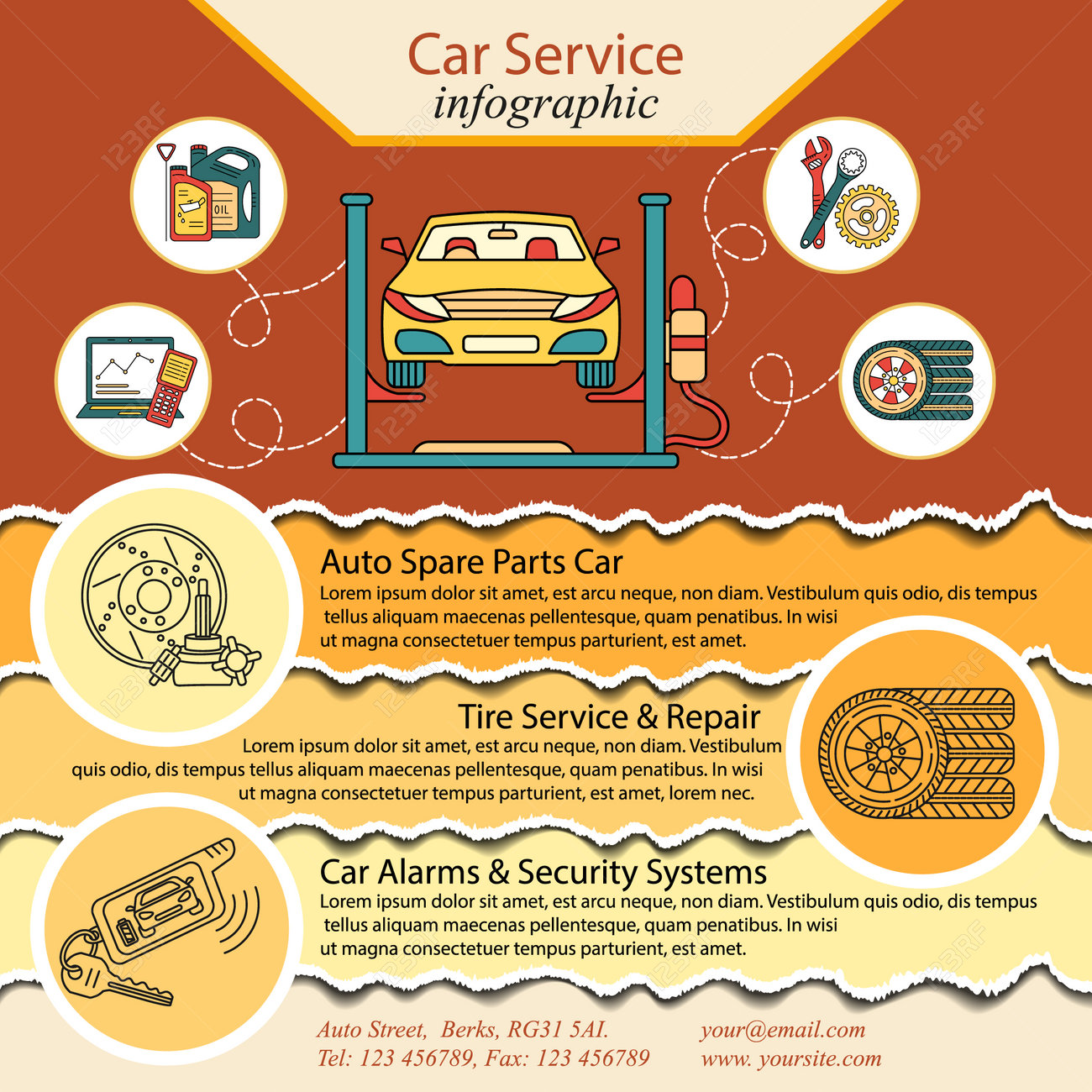Wondering About The Meaning Behind Those Dashboard Warning Lights? Gain Insights Into Their Ramifications For Your Car'S Safety And Upkeep
Wondering About The Meaning Behind Those Dashboard Warning Lights? Gain Insights Into Their Ramifications For Your Car'S Safety And Upkeep
Blog Article
Web Content Writer-Samuelsen Alvarado
When you're behind the wheel, those beautiful caution lights on your control panel can be a bit perplexing. Do you understand what they're attempting to tell you regarding your vehicle's health and wellness? Understanding the value of these lights is crucial for your security and the durability of your vehicle. So, the next time one of those lights turns up, would not you intend to analyze its message properly and take the needed actions to resolve it?
Common Warning Lighting and Interpretations
Identify usual warning lights in your automobile and comprehend their significances to ensure safe driving.
One of the most common warning lights include the check engine light, which indicates issues with the engine or discharges system. If this light begins, it's important to have your car examined without delay.
The oil pressure cautioning light indicates low oil pressure, needing immediate interest to avoid engine damages.
A flashing battery light may recommend a defective charging system, possibly leaving you stranded otherwise resolved.
The tire pressure tracking system (TPMS) light alerts you to reduced tire pressure, impacting car stability and gas effectiveness. Neglecting this might cause harmful driving conditions.
The ABS light indicates a trouble with the anti-lock stopping system, jeopardizing your capacity to quit quickly in emergency situations.
Last but not least, the coolant temperature advising light warns of engine overheating, which can result in extreme damages if not fixed promptly.
Understanding these common caution lights will certainly aid you address problems quickly and keep safe driving conditions.
Relevance of Prompt Attention
Recognizing the common caution lights in your vehicle is just the first step; the significance of promptly attending to these warnings can't be highlighted sufficient to ensure your safety when traveling.
When a caution light brightens on your dashboard, it's your car's way of communicating a potential concern that needs attention. Ignoring these warnings can result in a lot more serious issues in the future, jeopardizing your safety and security and possibly costing you a lot more in repairs.
Prompt focus to advising lights can stop breakdowns and accidents. For example, a blinking check engine light might show a misfire that, if left ignored, might create damages to the catalytic converter. Resolving this immediately can save you from a pricey repair service.
Similarly, ceramic coating near me warning light might signify reduced brake liquid or used brake pads, crucial parts for your safety when driving.
DIY Troubleshooting Tips
If you see a caution light on your control panel, there are a couple of do it yourself troubleshooting suggestions you can attempt before looking for professional aid.
ai auto detailing is to consult your vehicle's guidebook to recognize what the details warning light shows. Sometimes the concern can be as easy as a loose gas cap causing the check engine light. Tightening the gas cap might fix the issue.
An additional typical issue is a reduced battery, which can cause different alerting lights. Examining the battery connections for deterioration and guaranteeing they're safe may deal with the trouble.
If a warning light persists, you can try resetting it by detaching the cars and truck's battery for a few minutes and afterwards reconnecting it. In addition, inspecting your vehicle's fluid degrees, such as oil, coolant, and brake fluid, can help repair cautioning lights related to these systems.
Conclusion
In conclusion, understanding your vehicle's caution lights is vital for maintaining your vehicle running efficiently and safely. By immediately attending to these signals and knowing what they suggest, you can avoid costly fixings and potential break downs.
Keep in mind to consult your automobile's handbook for certain details on each cautioning light and act as necessary to make sure a trouble-free driving experience.
Remain educated, stay risk-free when traveling!
